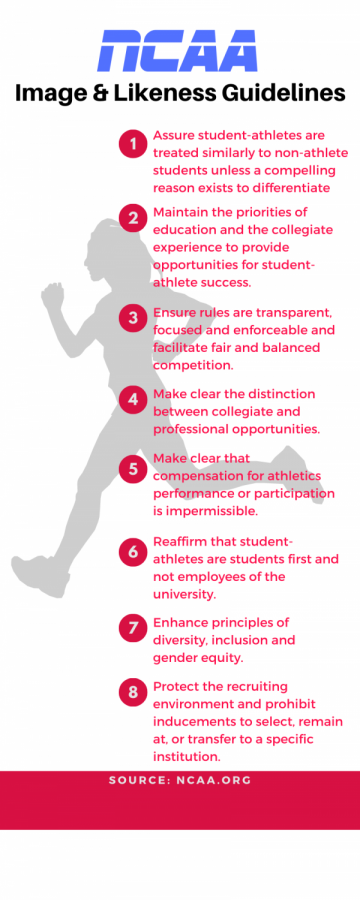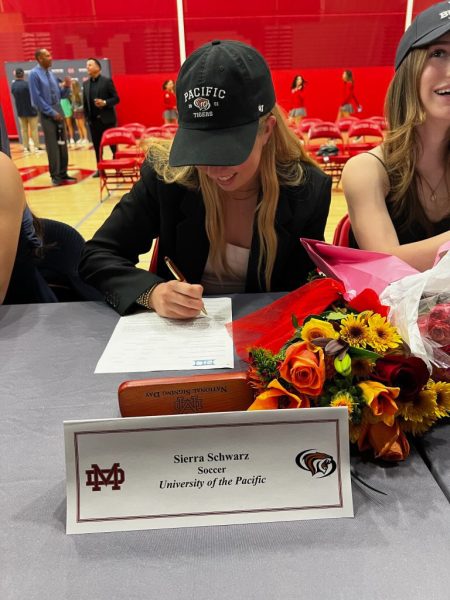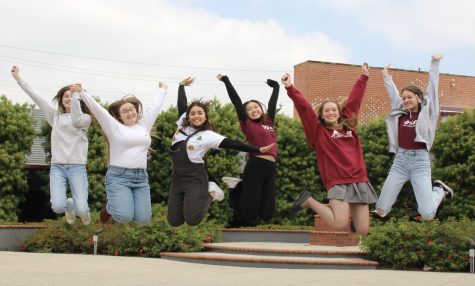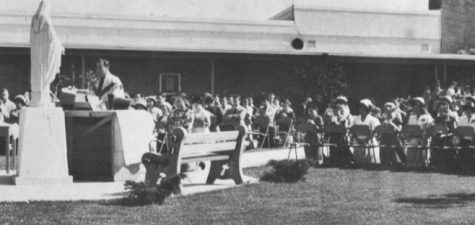NCAA changes image and likeness rules
January 16, 2020
The NCAA’s top governing board voted on Oct. 29 to allow student athletes competing at the collegiate level to receive financial compensation for the use of their name, image and likeness. This means that collegiate athletes now have the opportunity to be paid for the use of their names and images in advertisements such as team merchandise and features in video games.
In a statement made by the NCAA the unanimous decision was made in an effort to support college athletes and to ensure fair recruiting between schools, but the three athletic divisions-D1, D2, D3- must create their own rules and create the specifics following NCAA guidelines.
“We must embrace change to provide the best possible experience for college athletes,” chair of the NCAA Board of Governors and president of The Ohio State University, Michael Drake said in the statement. “Additional flexibility in this area can and must continue to support college sports as a part of higher education. This modernization for the future is a natural extension of the numerous steps NCAA members have taken in recent years to improve support for student-athletes, including full cost of attendance and guaranteed scholarships.”
Student athletes at Mater Dei might find that these new rules could possibly impact their college experience as many students at the school have committed or plan to commit to compete at the collegiate level. In fact, 63 students in the class of 2018 committed at National Signing Day to continue their athletic career in college.
Junior Faith Nguyen for example, is committed to play Division 1 for Baylor’s women’s soccer team. After hearing the announcement for the new rules she saw a new opportunity to get more out of her college athletic experience.
“Being a student athlete takes a lot of hard work and dedication, and I believe using an athlete’s likeness would allow others to be inspired to possibly follow the same path,” Nguyen said.
This new decision to allow athletes to be paid is a drastic change in the NCAA, which has been adamant about the prohibition of payment to college athletes in order to preserve the amateurism rules in place according to NCAA.org. These rules have been in place since the NCAA’s inception in 1906 and at its core was the idea that no sport was allowed any sort of payment to its athletes, which would draw a fine line between professional and collegiate athletes.
Prior to this change in rules, California was already making its own laws for the benefit of college athletes. Although never approved by the NCAA, California governor Gavin Newsome passed the Fair Pay to Play Act on Sep. 30, which virtually does the same thing as these new rules published by the NCAA.
Senior Sophia Leo, who is committed to play at the Division 1 level in women’s soccer at the University of Wisconsin Green Bay, views the new rules as a way to help the financial burden many college students experience.
“Since these athletes don’t have time to get “real” jobs there should be access to money or free of purchase, on campus,” Leo said. “I would be able to pay for gas, food, laundry detergent, and save for my student debt.”
For athletes such as Nguyen and Leo, while these new rules may change their collegiate career, they will not change their mindset as they both have always had a strong passion for playing soccer at the collegiate level.
“Overall, I want to work hard both on the field and academically to be the best person I can be,” Nguyen said. “Regardless if that includes using my image, I still want to push myself to be a starter and a leader on my team.”














![PLAYING A ROLE: Sister Charis (right) of Heart of Jesus Retreat Center applies costume makeup for Sacred Heart Kids Club Staff for a video. Staff members are expected to participate in Kids Club events, including videos, skits, games, and other activities. These activities help the kids understand the topics being discussed, such as the seven sacraments and their purposes, and set examples for the kids. “You get to work with [people] your own age, and it’s really just tons of fun,” Sister Paula said.](https://thescarletscroll.com/wp-content/uploads/2022/03/sacredheart-475x316.jpg)
![SMILE FOR THE CAMERA: The 1988-89 yearbook shows the first Scarlet Scroll staff with their advisor, Susan Diaz. As a new publication, the newspaper staff had to put extra care into making sure what they were reporting on set a positive precedent for the paper on campus. “The administration at the time was very afraid that the Scroll would immediately turn into a format where students could just take pop shots at [them],” Gene Jimenez, a member of the 1988-89 staff, said. “And when we showed them that we could actually produce [something] as semi-responsible adults, it was a big deal.”](https://thescarletscroll.com/wp-content/uploads/2021/11/doc00617420211117152104-copy-317x475.jpg)
